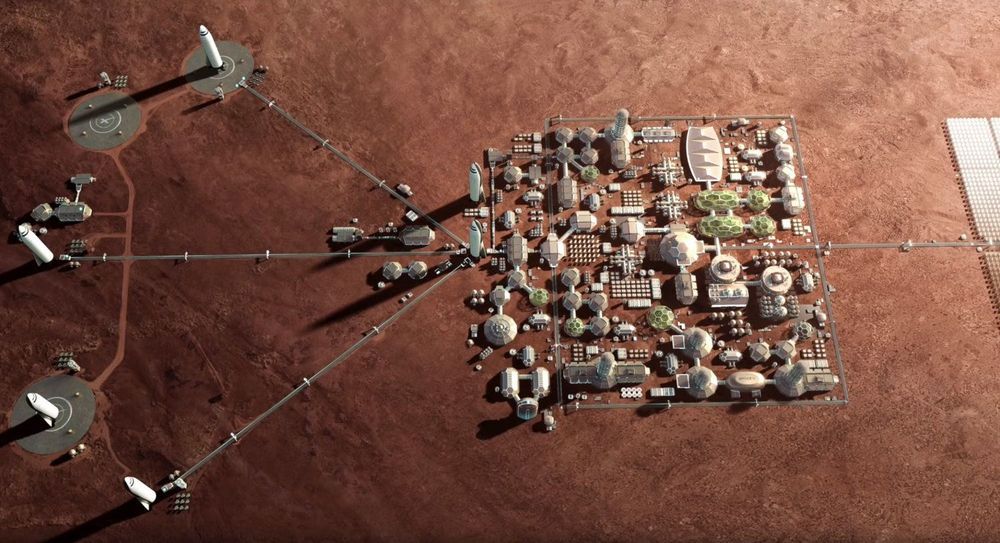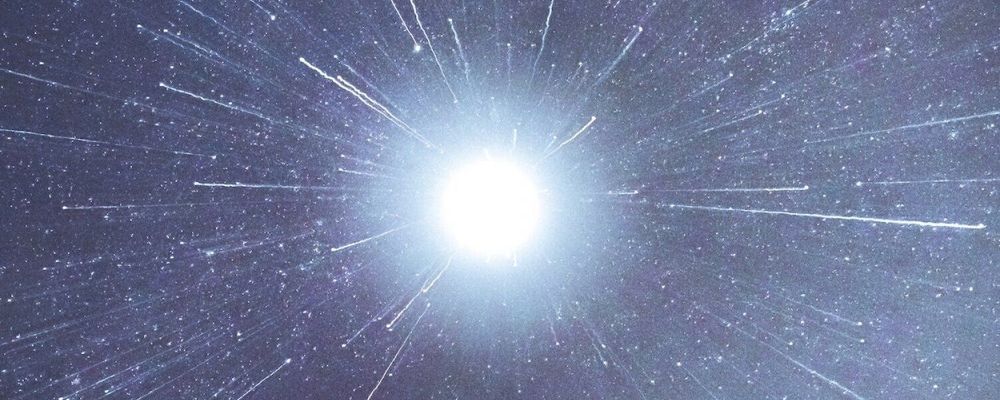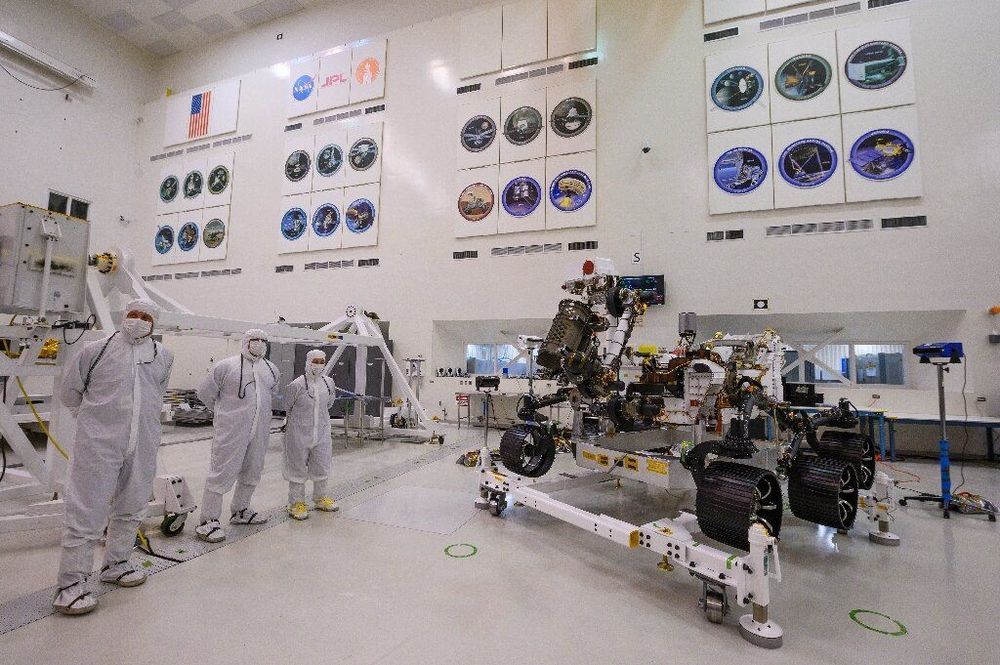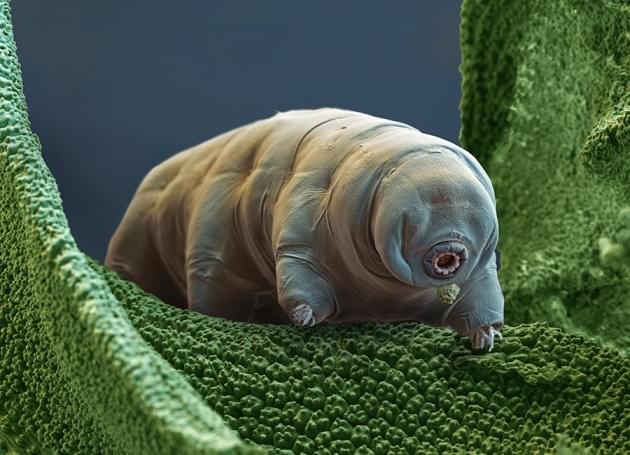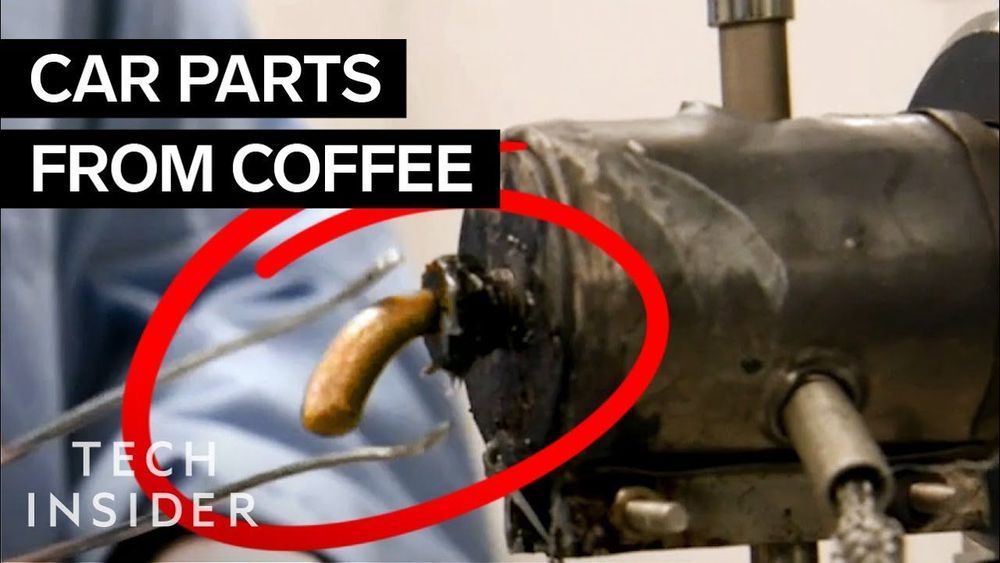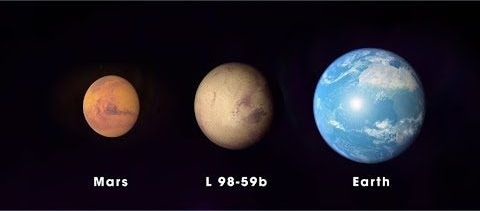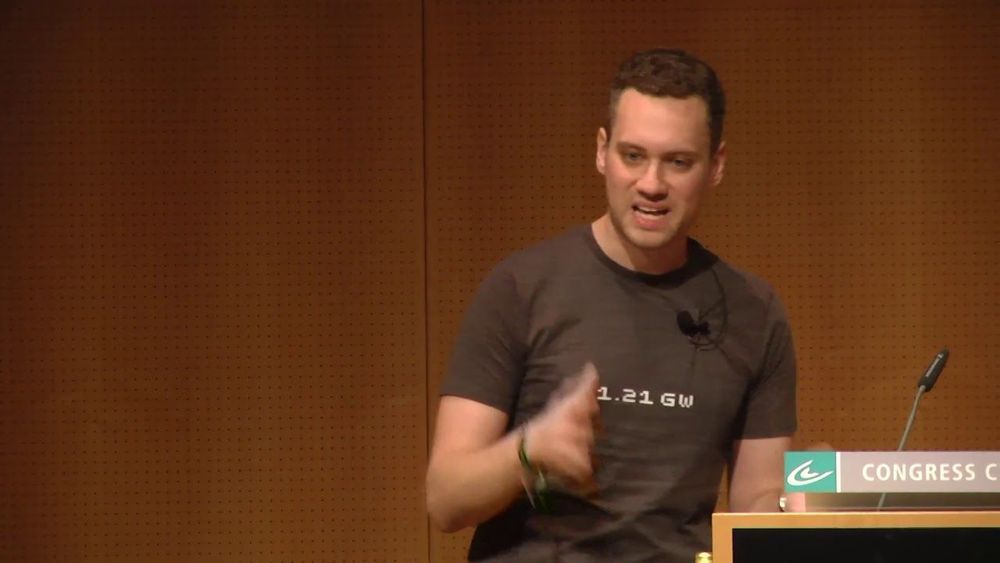Dec 29, 2019
Scientists recommend building a Martian settlement using bacteria
Posted by Brent Ellman in categories: 3D printing, space travel
Researchers from the Dutch Delft University of Technology and NASA/ESA recommend that we build a Mars base with the use of bacteria. In short, the idea is to send a spacecraft containing bacteria to Mars several years ahead of sending human settlers. Those bacteria can then start mining for iron that will later be used by human pioneers when building settlements.
Benjamin Lehner, a Ph.D. student from the Delft University of Technology, mapped out a complete plan to adequately prepare for human settlers. He proposes to send an initial capsule containing a bioreactor, an uncomplicated rover that is capable of digging, and a 3D printer. The reactor will be filled with a type of bacteria called ‘Shewanella oneidensis’ that can convert the non-usable naturally occurring iron in the Martian soil to usable magnetite that is easy to extract. This magnetite can then be converted to components like iron plates with the 3D printer.
